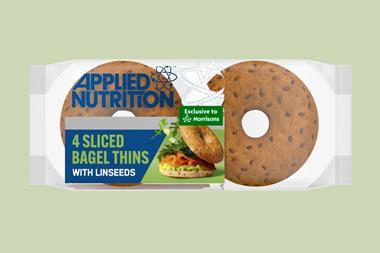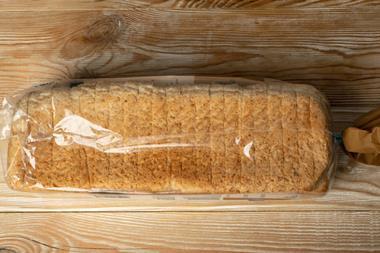
Food safety chiefs are seeking views on a proposed update to how and when to apply ‘may contain’ warnings on food packaging.
The Food Standards Agency is proposing new guidance on the use of precautionary allergen labelling (PAL) – commonly seen as ‘may contain’ warnings on food packaging.
Under the new guidance, the FSA is proposing that:
- PAL statements should only be used following a thorough risk assessment
- PAL statements should specify which of the 14 regulated allergens they refer to. For example: ‘May contain peanuts and tree nuts’ rather than the generic statement ‘May contain nuts’
- PAL should not be used in conjunction with a free-from statement for the same allergen. For example: ‘May contain milk’ should not be used in combination with ‘dairy free’.
The FSA said the proposed changes were supported by more than 90% of respondents to the May Contain Consultation that was launched in December 2021.
“While the use of PAL is voluntary, it is important that it should be as accurate and helpful to consumers as possible when it is applied,” said FSA food hypersensitivity team leader, Ben Rayner.
“This new guidance will help ensure businesses and those living with food allergies and intolerances get the greatest possible benefit from PAL. We are committed to improving the provision of allergy information to consumers, and this is our next step in that process.”
The updated guidance also advises businesses not to use No Gluten Containing Ingredients Statements (NGCIs), such as ‘this menu has been designed for a non-gluten diet’.
The FSA recommends that only the phrases ‘gluten free’ or ‘low gluten’ be used, because NGCIs have been found to mislead consumers.
Anyone wishing to respond to the consultation can do so by visiting the FSA consultation page. The consultation closes on Monday 22 May, after which the FSA will collate and consider responses before amending and publishing the revised Technical Guidance in summer 2023.
































No comments yet